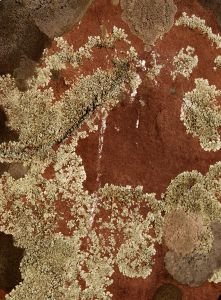
Location
Mold only grows in specific environments and usually after water damage. Mold needs humidity, warmth and nutrients to survive. Mold testing is necessary if the location fits that description. If an area is dry, there probably isn’t mold. Check for moisture or water in warm areas to confirm mold growth. Also, there is a high probability of mold after your property has been damaged by water.
Appearance
Mold is generally green, bluish, grey, yellow, white or black. Dirt is generally brown. One way to tell is to look at the texture. Mold spores grow together to form colonies. These colonies create a bumpy or velvety looking surface. If they are active, they can look slimy and will smear. Some basic mold testing after water damage includes checking for visible stains. Mold will create irregular stains.
Tests
Mold testing can be done to verify or confirm mold growth. Something as simple as a magnifying glass can be used to identify mold. Air quality testing can check for airborne spores, and thermal imaging can detect mold not visible to the naked eye.
When you’re looking at something and trying to determine if it’s mold or if it’s dirt, the most accurate way to tell is mold testing by a professional.
For more information on mold testing after water damage, download our latest report on Fire, Water, and Smoke Damage for Alpharetta, GA home and business.

